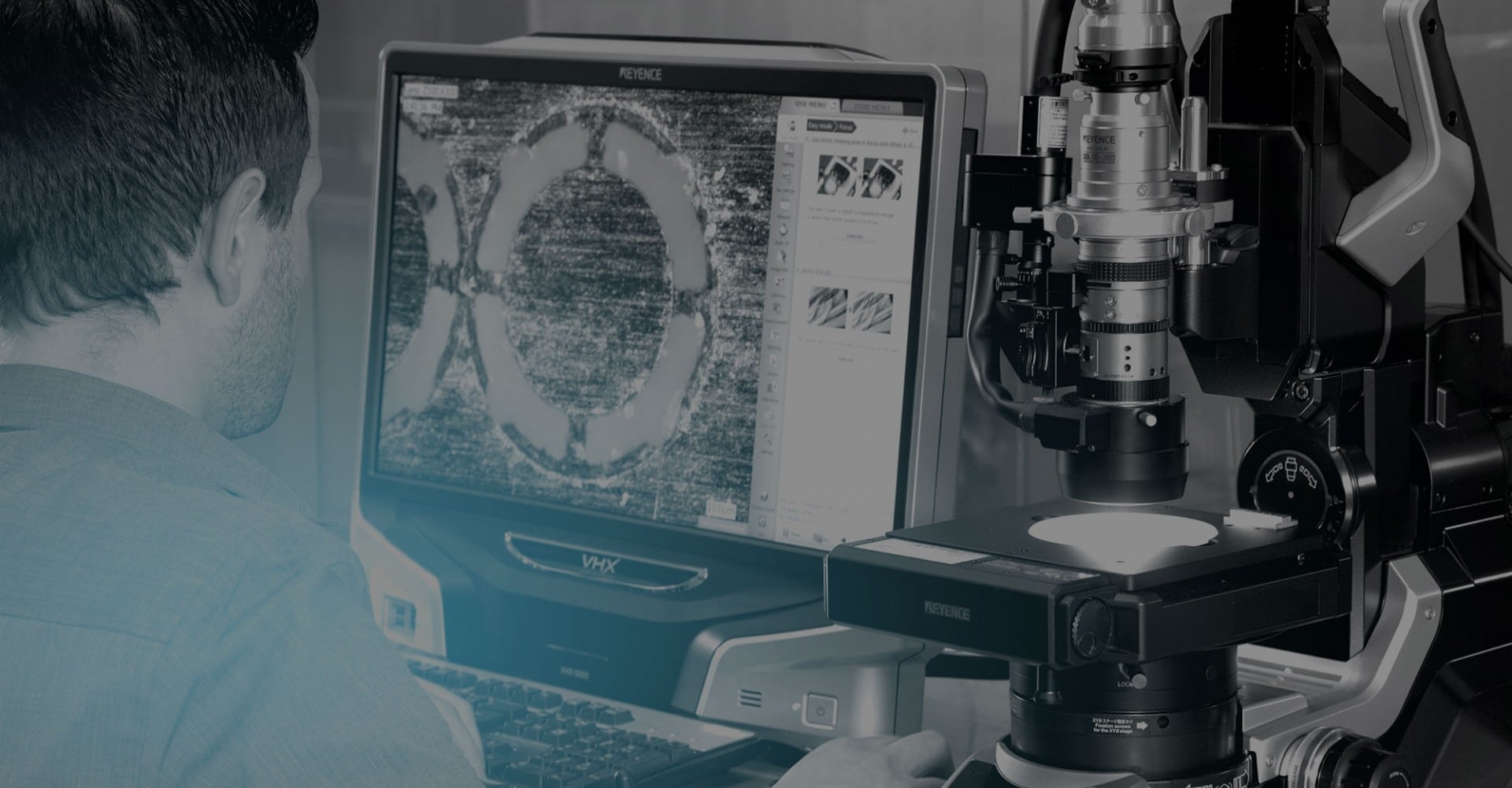
ROUGHNESS. ADVANCED MATERIAL MACHINING DOWN TO A THOUSANDTH OF A MILLIMETER.
Every machined surface has a certain roughness. The term roughness (or surface roughness) is used to represent the degree of surface unevenness. A lower roughness means a smoother surface. A low roughness increases the durability of a component: there is less wear due to slack or friction, and there is less chance of roughness developing into a fracture.
Every machined surface has a certain roughness. The term roughness (or surface roughness) is used to represent the degree of surface unevenness. A lower roughness means a smoother surface. A low roughness increases the durability of a component: there is less wear due to slack or friction, and there is less chance of roughness developing into a fracture.
Spark erosion: low roughness
Extremely low roughness levels can be achieved with spark erosion. The size of the spark can be accurately determined, and the smaller the spark, the smoother the result. At Ter Hoek, we can achieve a minimum roughness of 0.06 Ra* under certain conditions.
Roughness is represented by several roughness designations, including Rt, Rz, and Ra. The roughness indicator Ra measures the average deviation in comparison to the average profile
Heat-affected zone
In addition to roughness, the heat-affected zone also plays a role in durability. When a workpiece is heated during processing and then cooled down again, shrinkage cracks may occur. At Ter Hoek, we can minimize the heat-affected zone due to our excellent process control. In combination with the right post-processing, we can even eliminate the occurrence of shrinkage cracks entirely.




